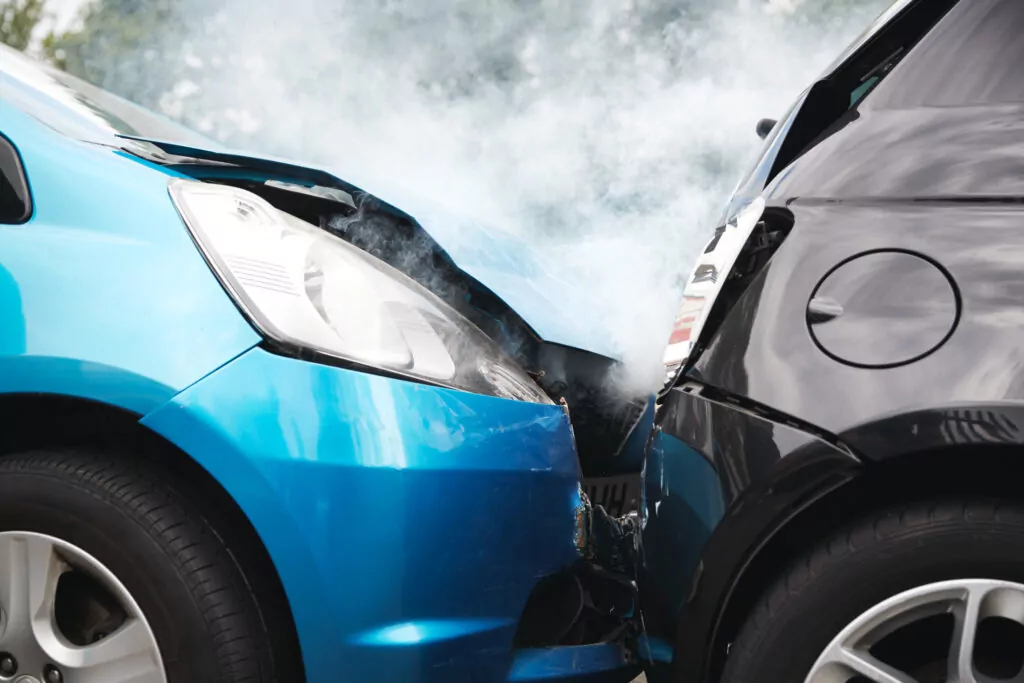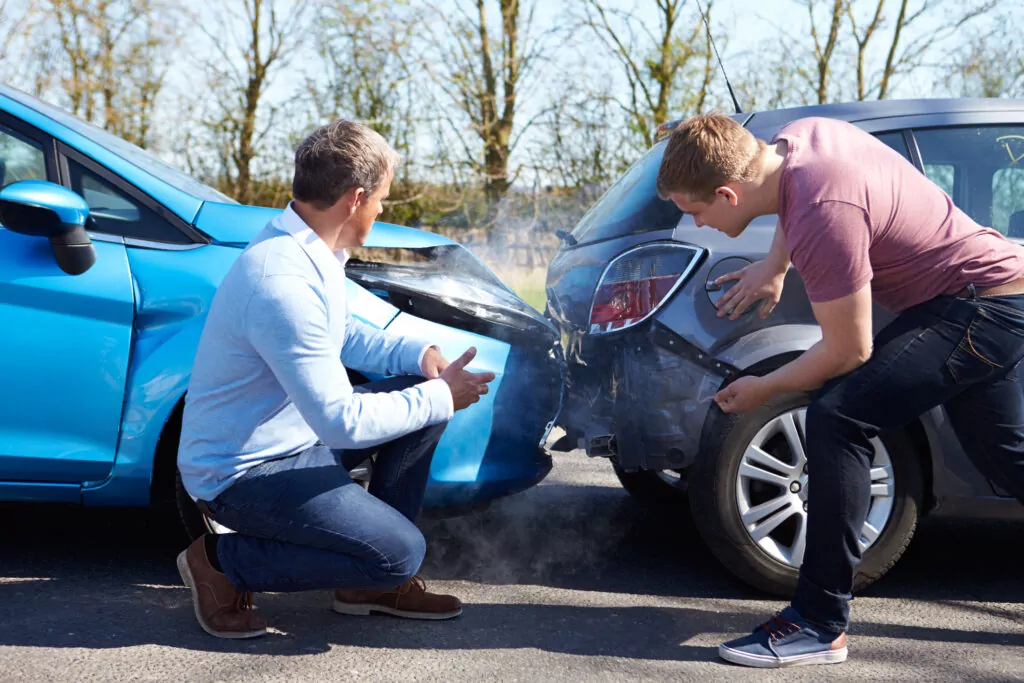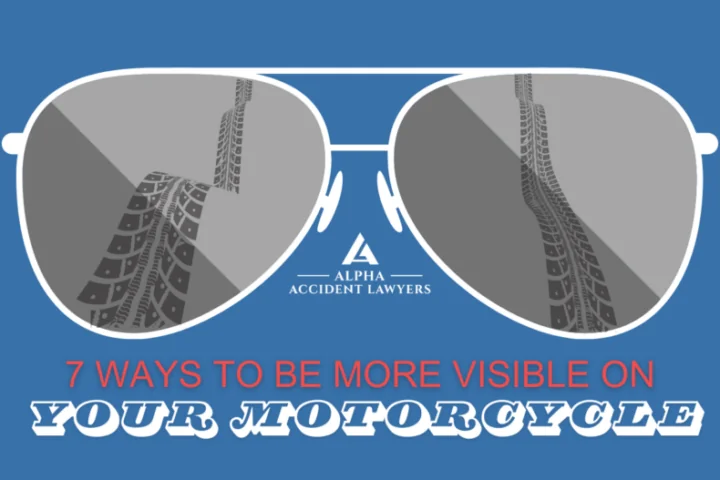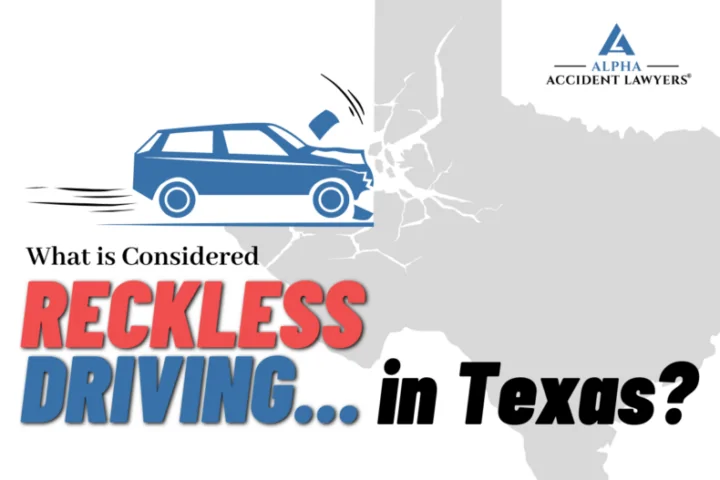Who Is at Fault in a Rear-End Collision? The Ultimate Guide
Every year in the United States more than 30,000 car crashes are recorded. That’s more than 90 crashes a day. These crashes come in all forms, from front-end or rear-end collisions to sideswipes and pedestrian accidents. The vast majority of crashes don’t result in severe injuries or deaths. However, even the most minor car accident can come with a price tag that can reach the thousands.
Here is what you need to know if you’re involved in a rear-end collision.
What Is a Rear-End Collision?
A rear-end collision occurs when one vehicle strikes the rear of another vehicle. Rear-end collisions can range from fender bender accidents to fatal accidents, especially when drivers are traveling at high speeds.
Unless a rear-end crash occurs at low speed, both vehicles often sustain considerable damage. Even at slow speeds, there is often body damage done to both vehicles that can be expensive to repair. The person at fault is responsible for paying the damages.
What Injuries Do Rear-End Collisions Cause?
The damage caused by a rear-end collision occurs to both vehicles and drivers. Often the person getting rear-ended won’t see the impact coming. Typically, the person being hit from behind is often injured worse than the driver who hits them.
Often the person who hits the other vehicle will see the collision coming and will sustain fewer injuries. The reason for this is that bracing for the impact helps mitigate the harm of being in an auto accident.
Common injuries include scrapes and bruises, but they can be more severe. More serious injuries often result from the whiplash or the sudden acceleration of the collision. Concussions are also possible but rarely occur if the driver is wearing a seatbelt.
What Does At Fault Mean?
At fault means there is a person or entity who is responsible for the accident. It also implies a lack of, or error in judgment and could also imply negligence. Specific to a car crash, the at-fault party is the one who is considered responsible for the wreck occurring.
Insurance adjusters who handle the crash will determine who is at fault. They will look at the police report as well as any other evidence. The adjusters may speak to you and the other driver as well, to get your side of the story.
In most areas and under most state laws there won’t be a large need for investigation. Unless there are extraordinary circumstances associated with the wreck, who is at fault is usually apparent.
Who’s at Fault for a Rear-End Collision?
In a vast majority of cases, the at-fault driver will be the one who rear-ended the other vehicle. The reason for this is that it is necessary for all drivers to remain a safe enough distance from the car in front of them. This distance would allow any driver to slow down and stop instead of hitting the vehicle in front of them.
In most cases, a rear-end accident is an open and close case. The only time that this isn’t the case is when the driver who was rear-ended was negligent and caused the accident. This is true in almost any state or jurisdiction that you find yourself in.
How to Avoid Being Rear-Ended
It can be impossible to avoid some accidents, things do happen outside of our control. You can take steps to minimize the danger you’re in, or to make a rear-end collision less likely. To do that, follow these steps and your chance of being in a rear-end collision will be less:
- Be aware of what cars are around you
- Be mindful of blind spots
- Always use your turn signals
- Gently break, don’t slam on the brakes unless necessary
- Always check your mirrors
- Look behind yourself when you are backing out
- Avoid getting boxed in
- Avoid heavy traffic in inclement weather if possible
Some of these points could be related to any driving situation, and others are specific to rear-end collisions. Practice safe and defensive driving whenever possible to minimize the chance you find yourself in any kind of wreck.
What to Do if You’re Rear-Ended
If you’ve been rear-ended, the first thing you need to do is make sure you’re okay. Even low-speed impacts can cause damage to the spinal cord and neck. You should always seek an examination by a medical professional as soon as possible.
Remember that if you’ve been rear-ended, there’s a good chance you’ll be able to get compensation. You can expect to speak to the responding police officer and tell them your side of the story. They will assign fines or citations if any are applicable.
If they don’t cite anyone for the accident, don’t worry. The police don’t determine who is at fault, so remain calm. You should also contact a lawyer as soon as possible because you’re going to need an attorney.
An attorney who is aware of automobile accident law and deals with insurance companies on a regular basis will be a better advocate for you. They will make sure that you get the money that the insurance company owes you. You need to focus on recovery, and let your personal injury lawyer handle the legal side of things.
Rear-End Collisions
The basics of rear-end collisions are that the person who hits the other vehicle in the rear is almost always at fault. Rear-end collisions make up almost 1/3rd of all wrecks, so the chances you’ll be in one are high. Drive as defensively as possible and keep your distance from other vehicles so you don’t rear-end someone else.
If you’ve been in an accident and need a lawyer, contact us. Alpha Accident Lawyers is standing by and ready to help you get the compensation that you deserve. Remember that after your rear-end collision, you aren’t alone.





